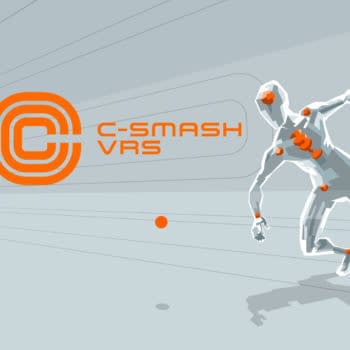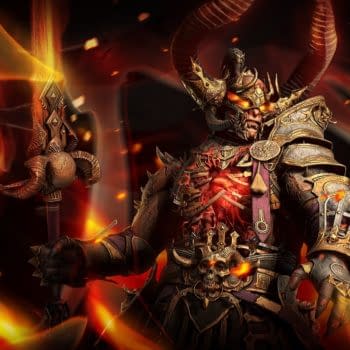Posted in: BioWare, Dragon Age, Electronic Arts, Games, Video Games | Tagged: bioware, dragon age, Dragon Age: Dreadwolf, Electronic Arts
BioWare Details Dragon Age: Dreadwolf RPG Systems In Latest Blog
In their latest blog entry, the developers at BioWare go over some of the new RPG systems they are working on in Dragon Age: Dreadwolf.
BioWare released a new blog this week for Dragon Age: Dreadwolf, as the team is showing off the new RPG systems they have in place for this entry of the series. The latest blog is called All By Design, as it goes way into detail about what the team has been working on when it comes to different design roles, working together, and utilizing their past experience with the series to build a better RPG system for a better experience all-around. The blog has entries from Systems Designer Luke Barrett, UX Designer Bruno Porrio, and Technical UX Designer Kelsey Wicentowich, all of whom give their thought and opinion to the design process for building Dreadwolf's progression systems and skill trees. You can read the blog at the link above as we have a snippet for you below.

"Skill Trees are a fundamental part of a deep RPG experience and give our players the ability to customize how their character functions in combat. A key belief on the team is that when a player invests a skill point, it should have a clear, tangible effect on the game, such as an ability or impactful perk. What those are and how they're implemented in-game is handled by multiple designers, starting with a Systems Designer!"
"Luke Barrett: Whenever we're envisioning something new, we're always presented with a Problem Statement we're trying to solve. Sometimes, especially for larger systems, they are very high-level, such as "The Player needs meaningful choices as they progress through the game," or "The Player needs to feel more powerful as they progress through the game." Together, these combine into a variety of different ideas as there are many ways to solve those problems, so it helps as a general rule to start introducing constraints and Player Statements to narrow things down. A Player Statement might be something like, "As a Player, I want my choices to matter."










